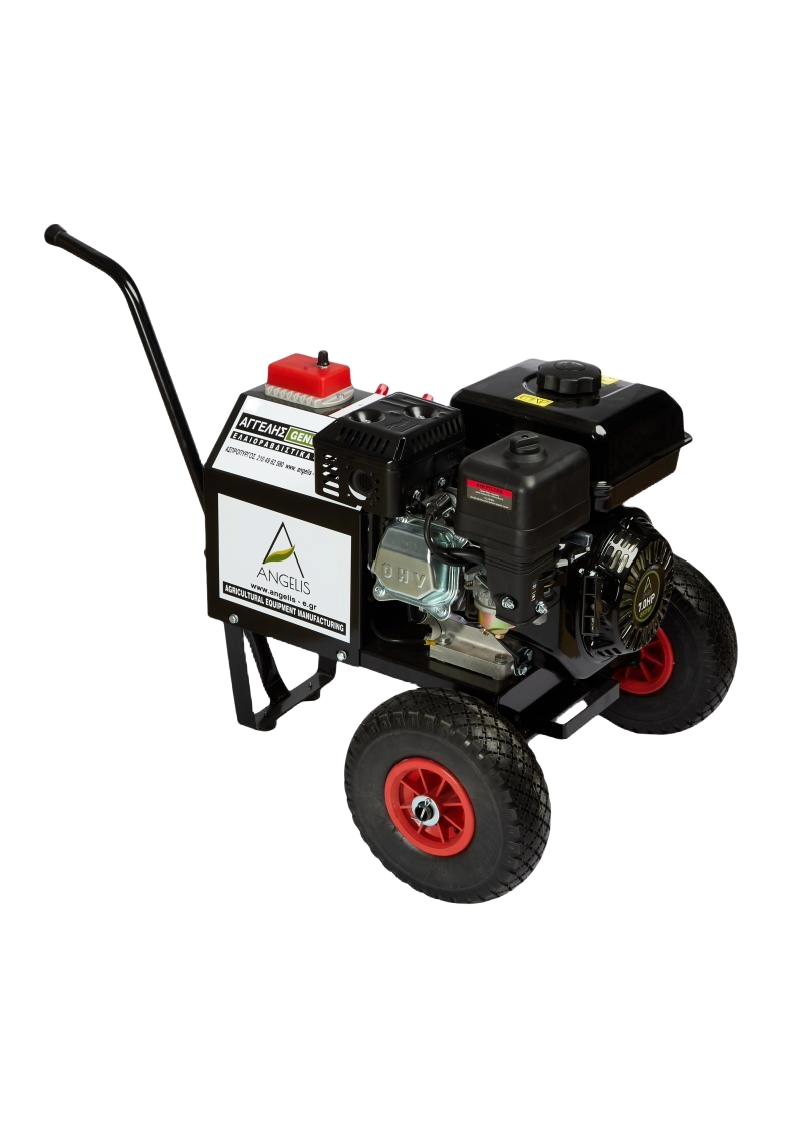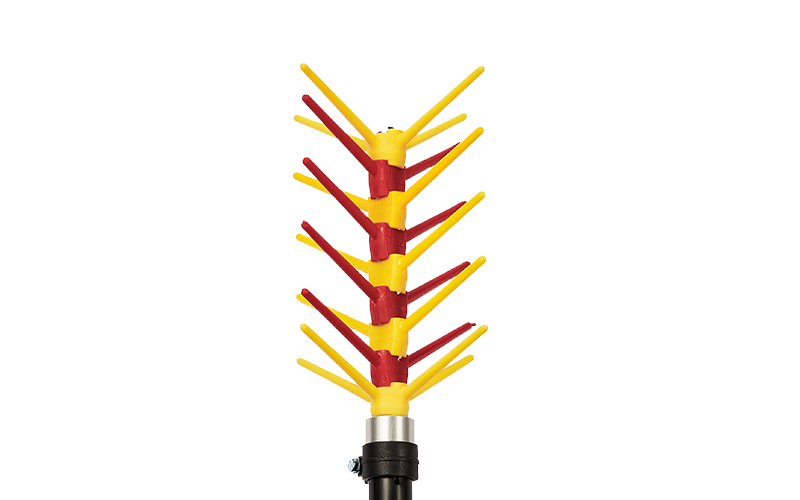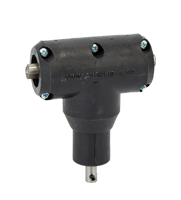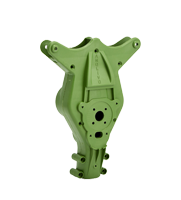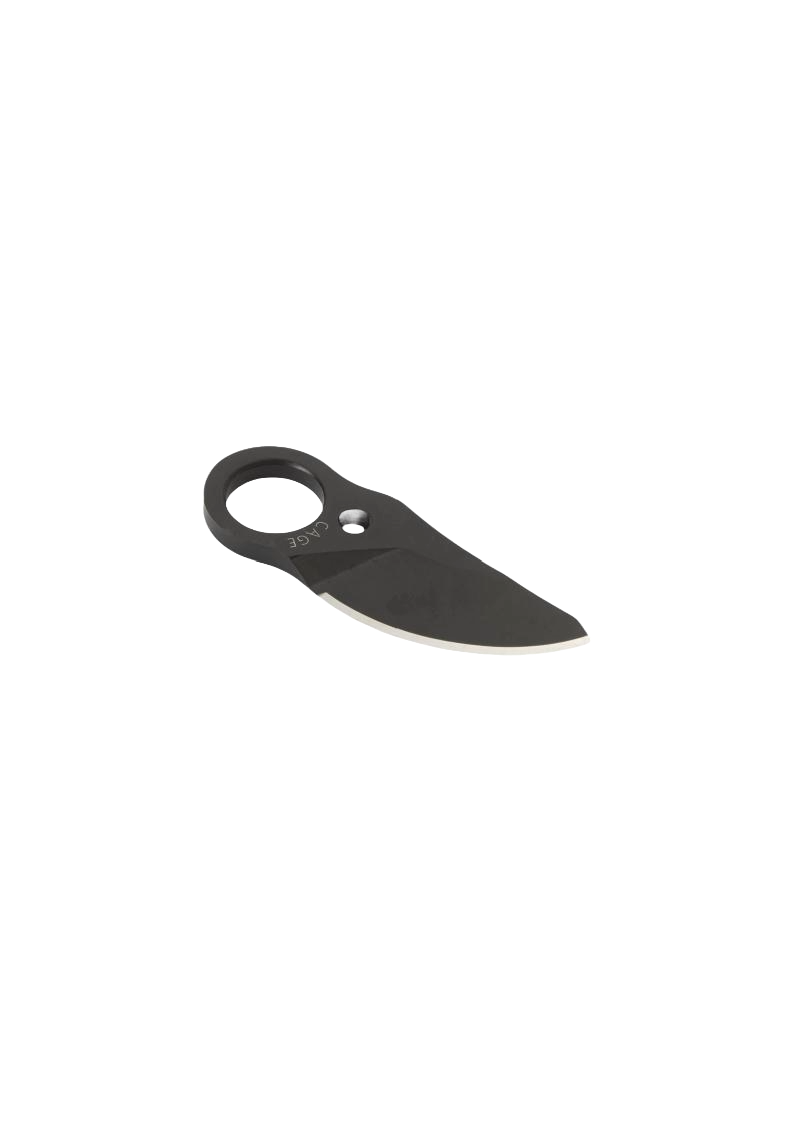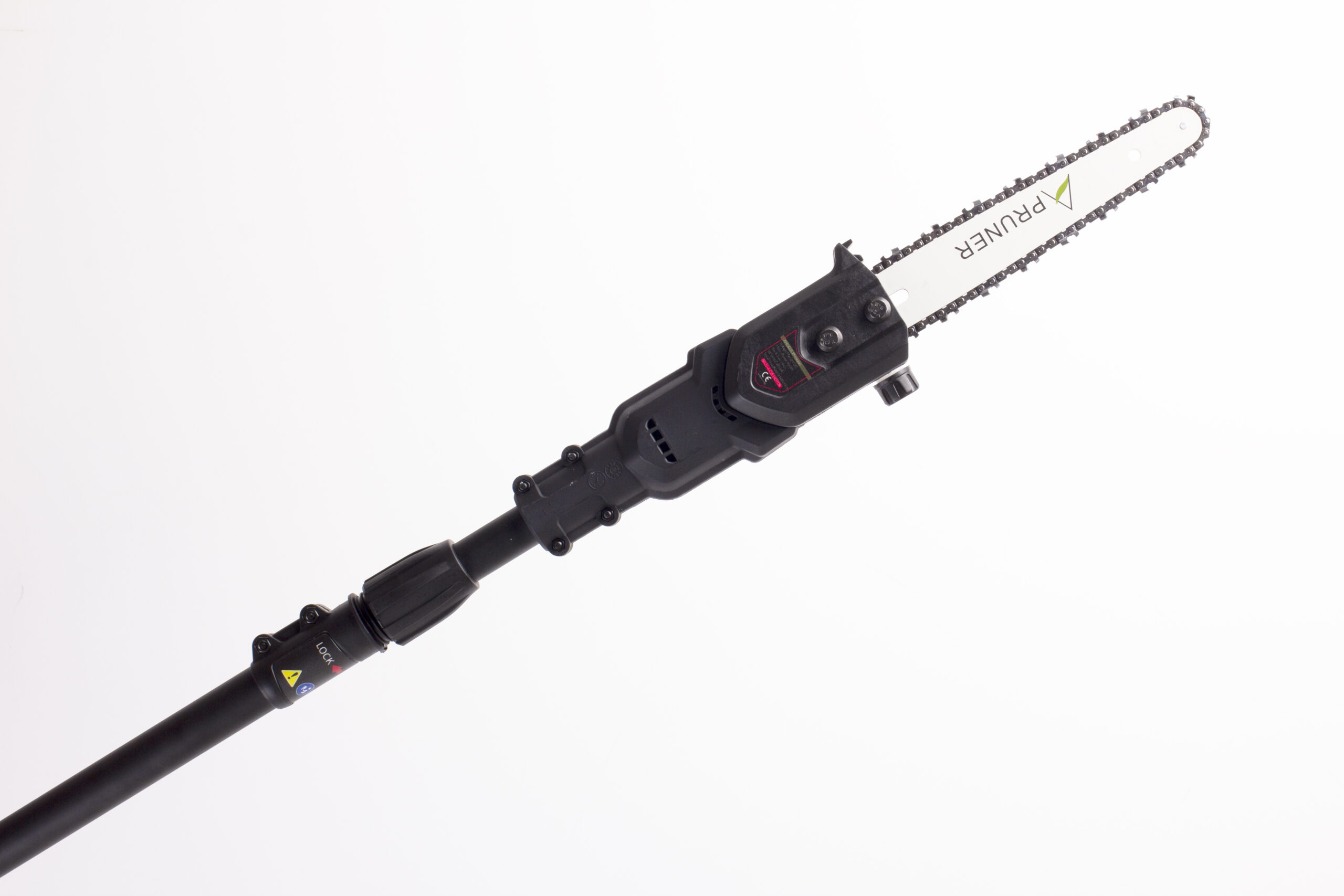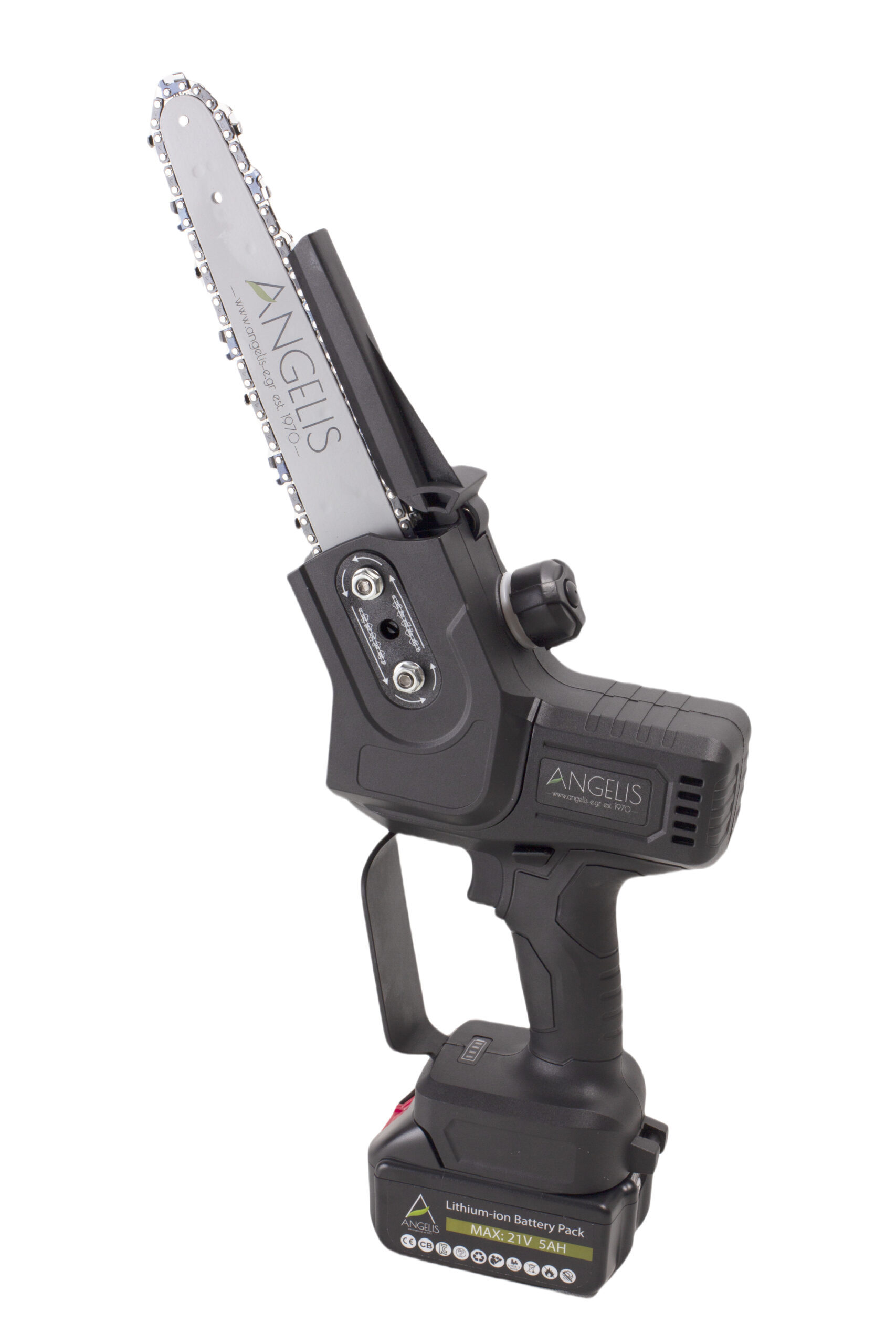How to Combat Peacock Spot, Olive Moth, and Olive Fruit Fly
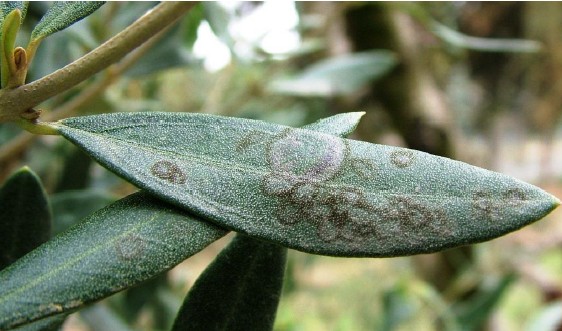
PEACOCK SPOT
Damage / Symptoms:
The symptoms of the disease are usually observed on the leaf blade. The fungus also affects the leaf petioles and fruit pedicels. In severe infestations, defoliation and fruit drop occur, leading to tree debilitation. Less commonly, fruits and young shoots are affected. For infections to occur, rain or high humidity (e.g., dew formation on the leaf surface) and relatively low temperatures (with optimal temperatures between 15-20°C) are necessary. The current spring conditions are particularly favorable for infections.
Recommendations: It is recommended:
A) pruning aimed at improving air circulation and light penetration within the canopy.
B) spraying with an approved plant protection product after the start of the growing season and when the new growth is 2 to 5 cm long.
OLIVE MOTH
Damage / Symptoms:
It primarily causes bud drop and flower drop. It shows intense activity in certain areas and at certain times, resulting in damage from bud and flower drop occurring sometimes in wider areas, or in specific olive groves, or even on individual trees within an olive grove.
Denser populations of the insect appear at the end of winter to early-mid spring. Significantly denser populations are found in wild vegetation (e.g., couch grass, pellitory, nettle, mustard, wild celery) compared to olive trees.
Recommendations: Monitoring of insect populations is recommended by shaking olive branches over collection trays, from the completion of flower bud development until the full development of the inflorescence (berry stage). The population density at which control measures should be taken is 4-6 individuals/shoot of 60-70 cm length.
Control / Cultivation Measures
It is recommended to maintain wild plants (couch grass, nettle, pellitory, mustard, etc.) until the olive trees begin to flower.
Chemical Control
Spraying should be carried out if high populations are found on olive trees and there is a low flowering rate.
OLIVE FRUIT FLY
Damage / Symptoms:
It affects the flowers, fruits, and leaves of the olive tree. The first generation develops in the flowers (anthophagous generation), the second develops in the fruit (carpophagous generation), and the third in the foliage (phyllophagous generation). During this period, the first larvae of the overwintering generation (phyllophagous) complete their development, and the flight of adults of the overwintering generation begins.
Recommendations:
Currently, no intervention is warranted.
Plant Protection Products
Selection from approved products, according to the agronomist's instructions for the
selection of plant protection product and application dosage. Strictly follow label instructions – Apply only approved products.


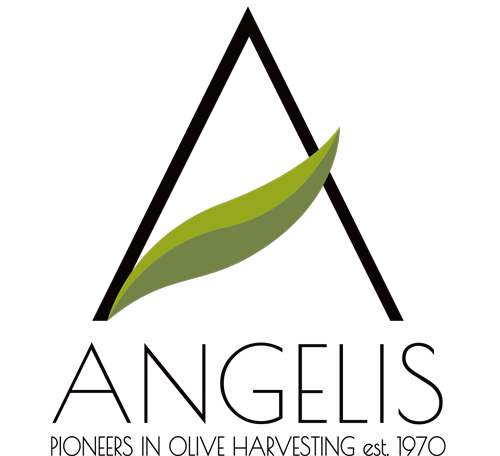
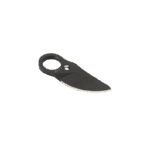 Pruning Machine Spare Parts
Pruning Machine Spare Parts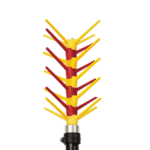 Spare parts Koupepe
Spare parts Koupepe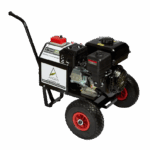 Wheeled Generator Spare Parts
Wheeled Generator Spare Parts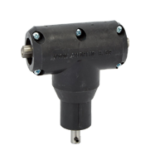 Spare parts Asteras
Spare parts Asteras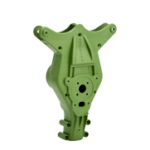 Spare parts Amolivo
Spare parts Amolivo